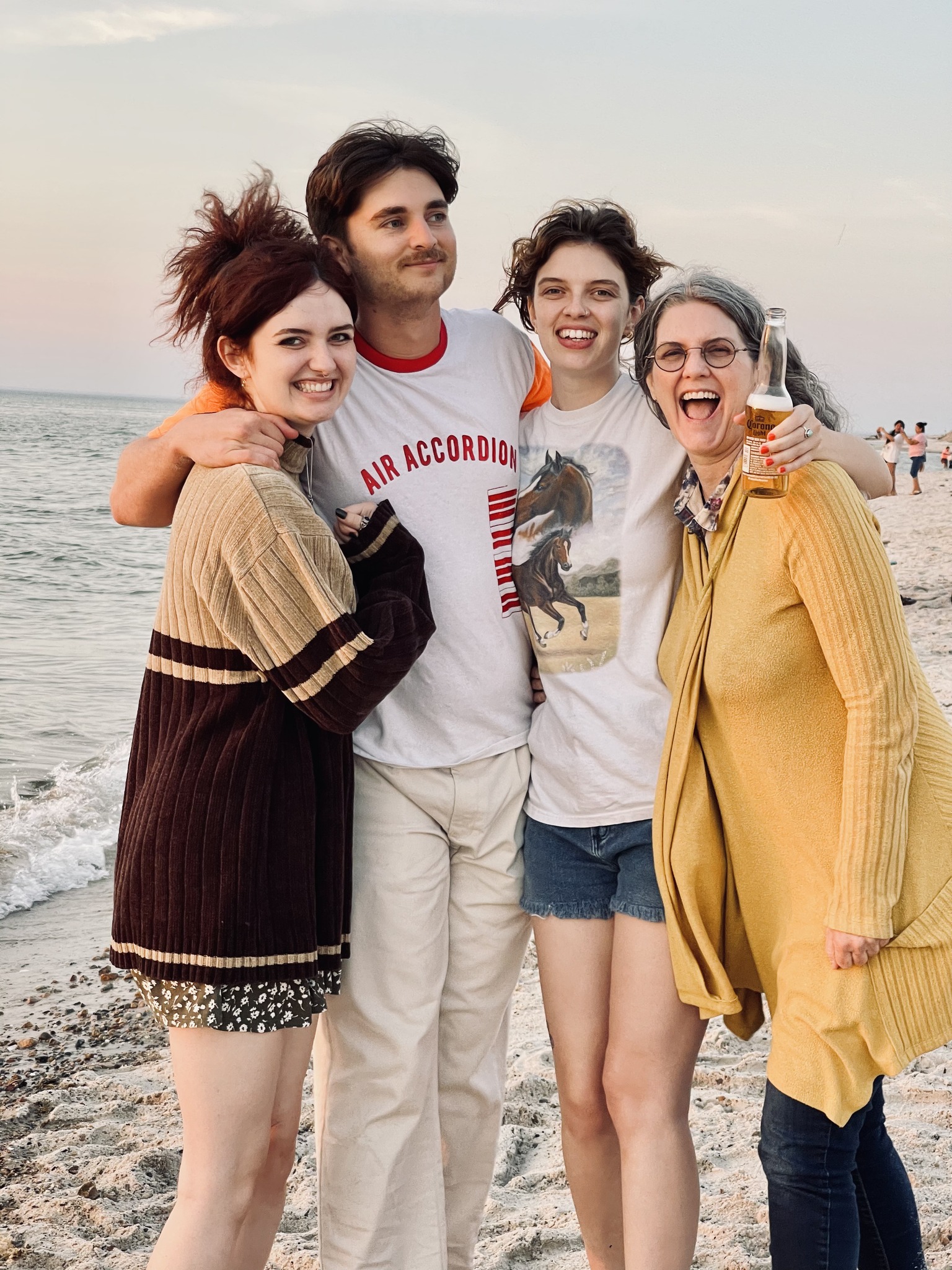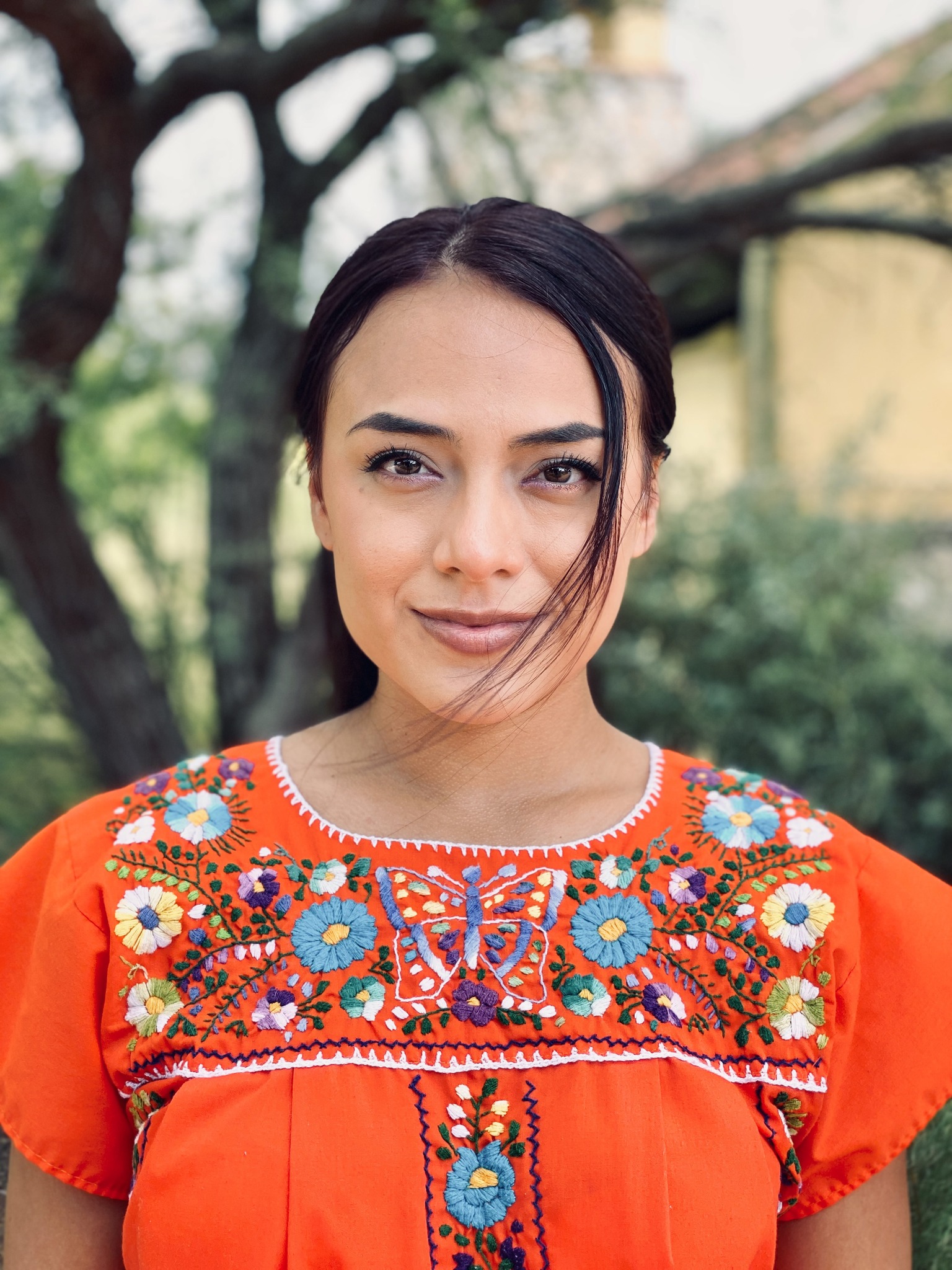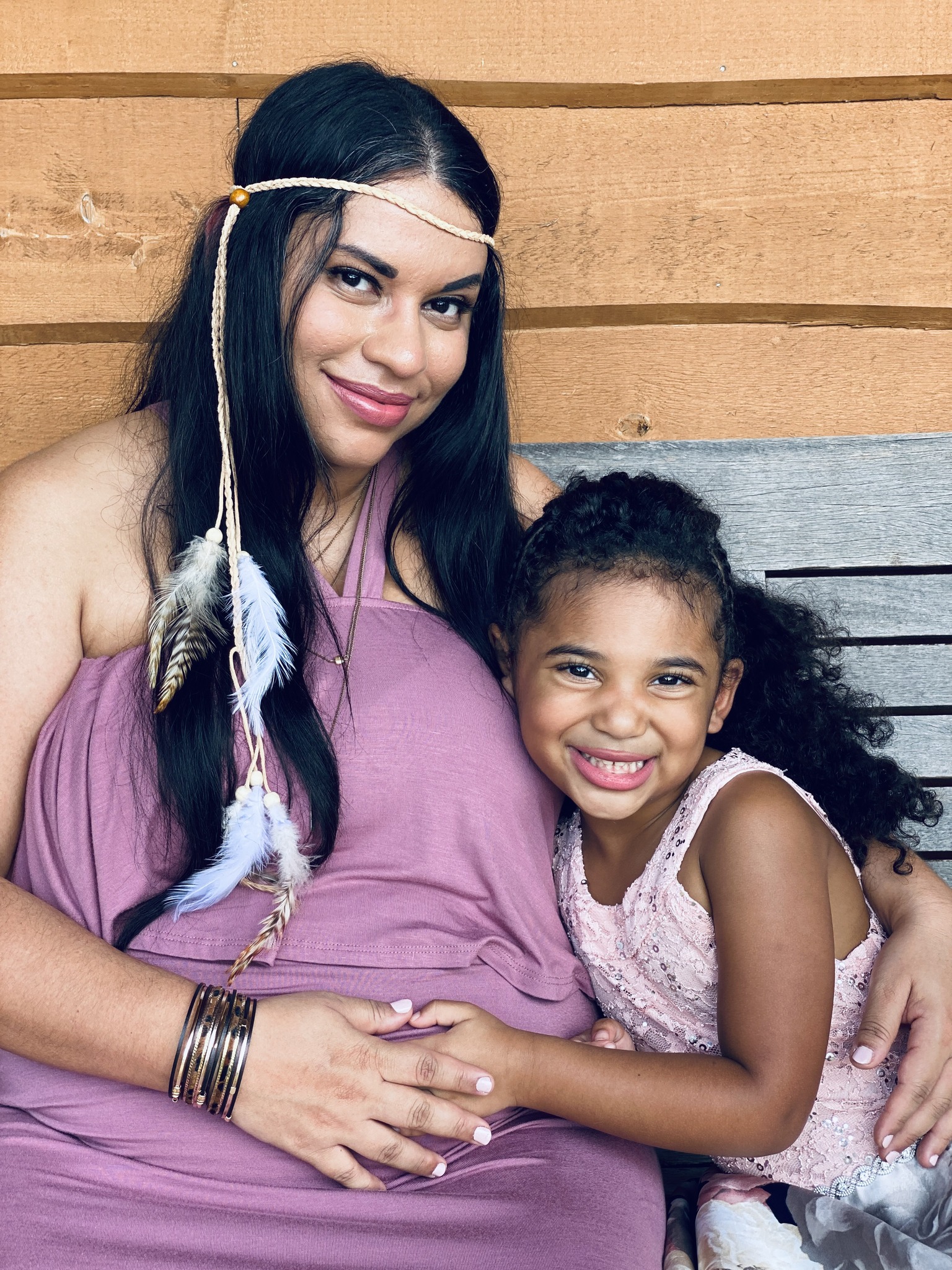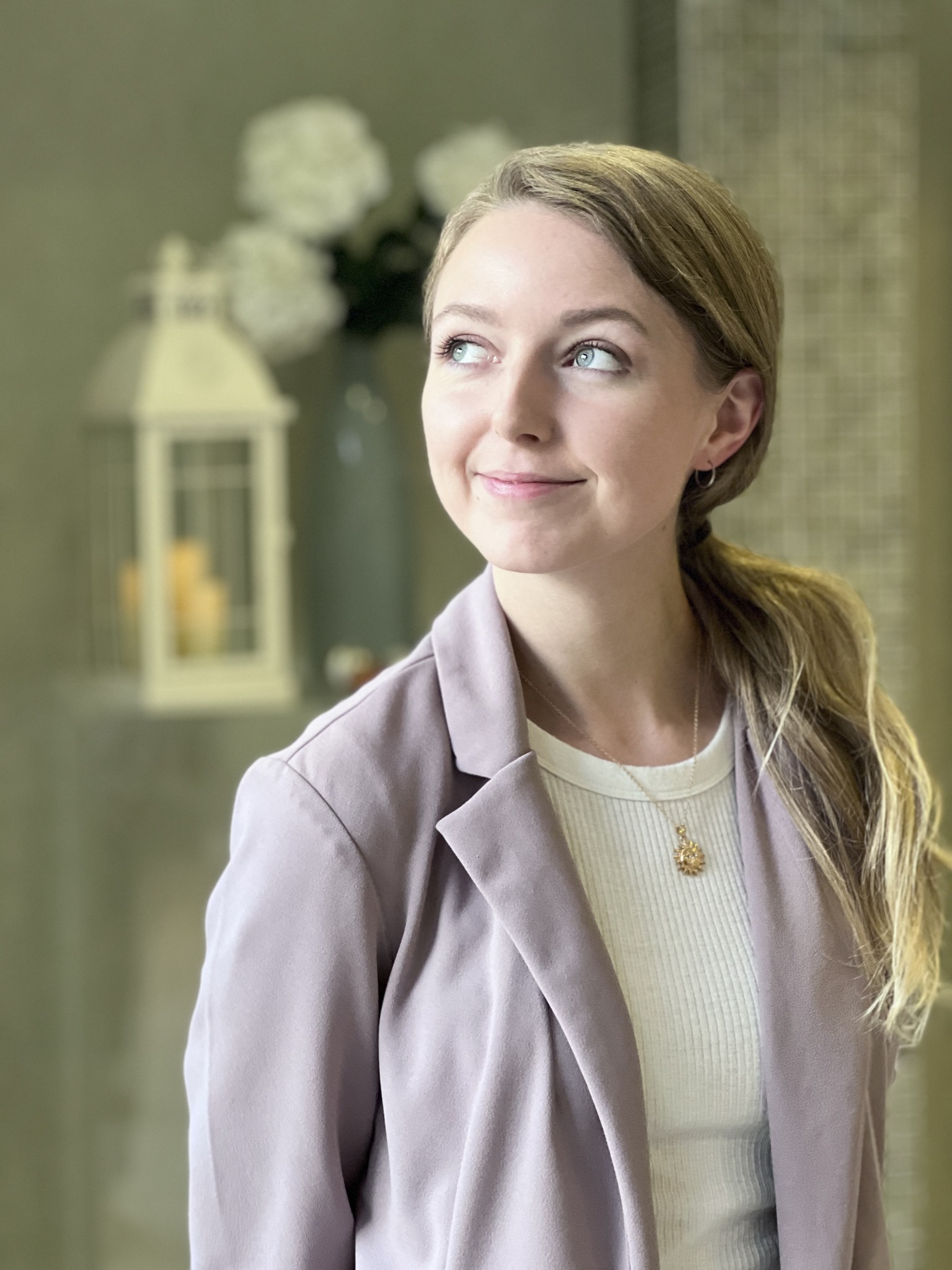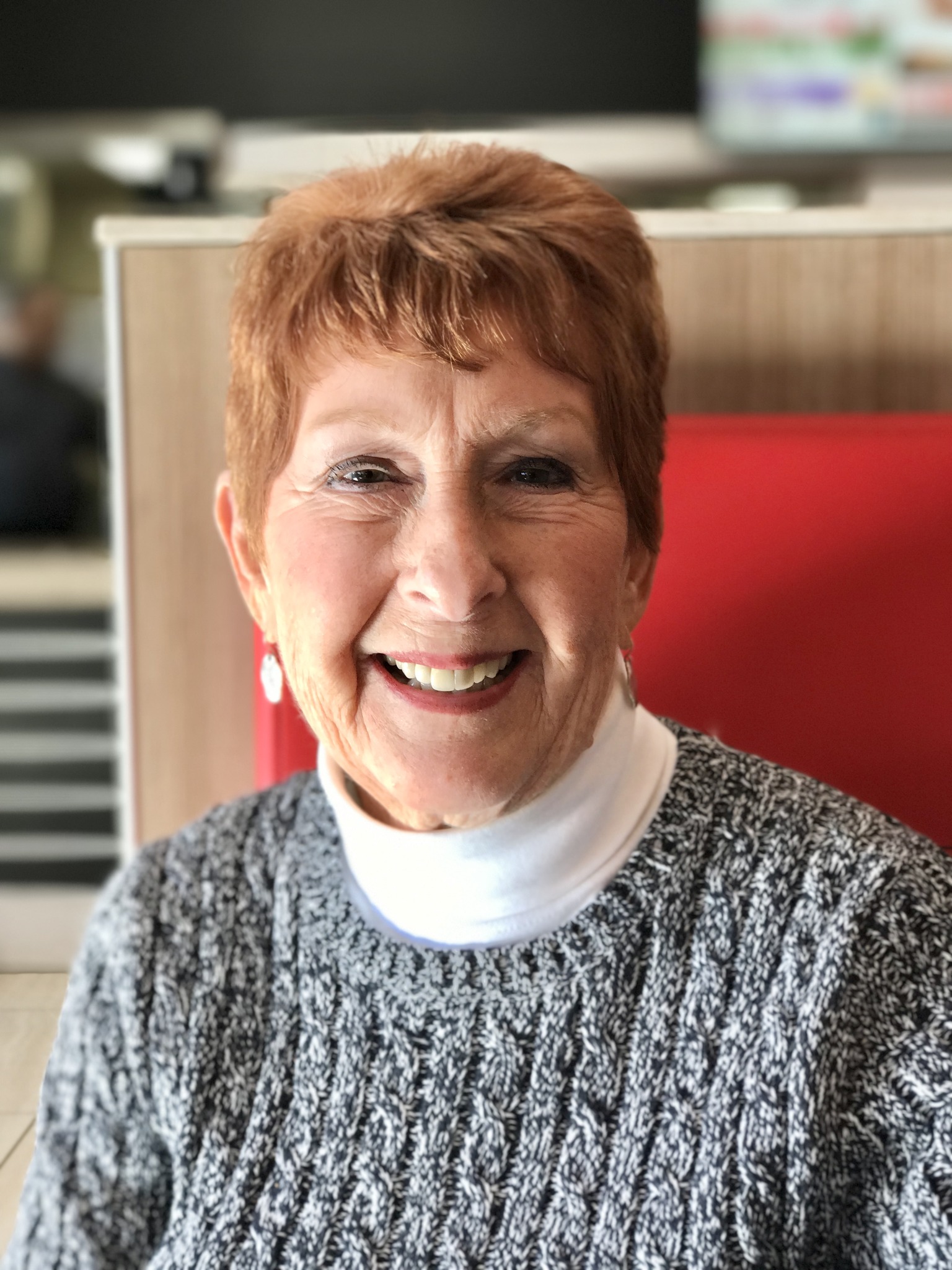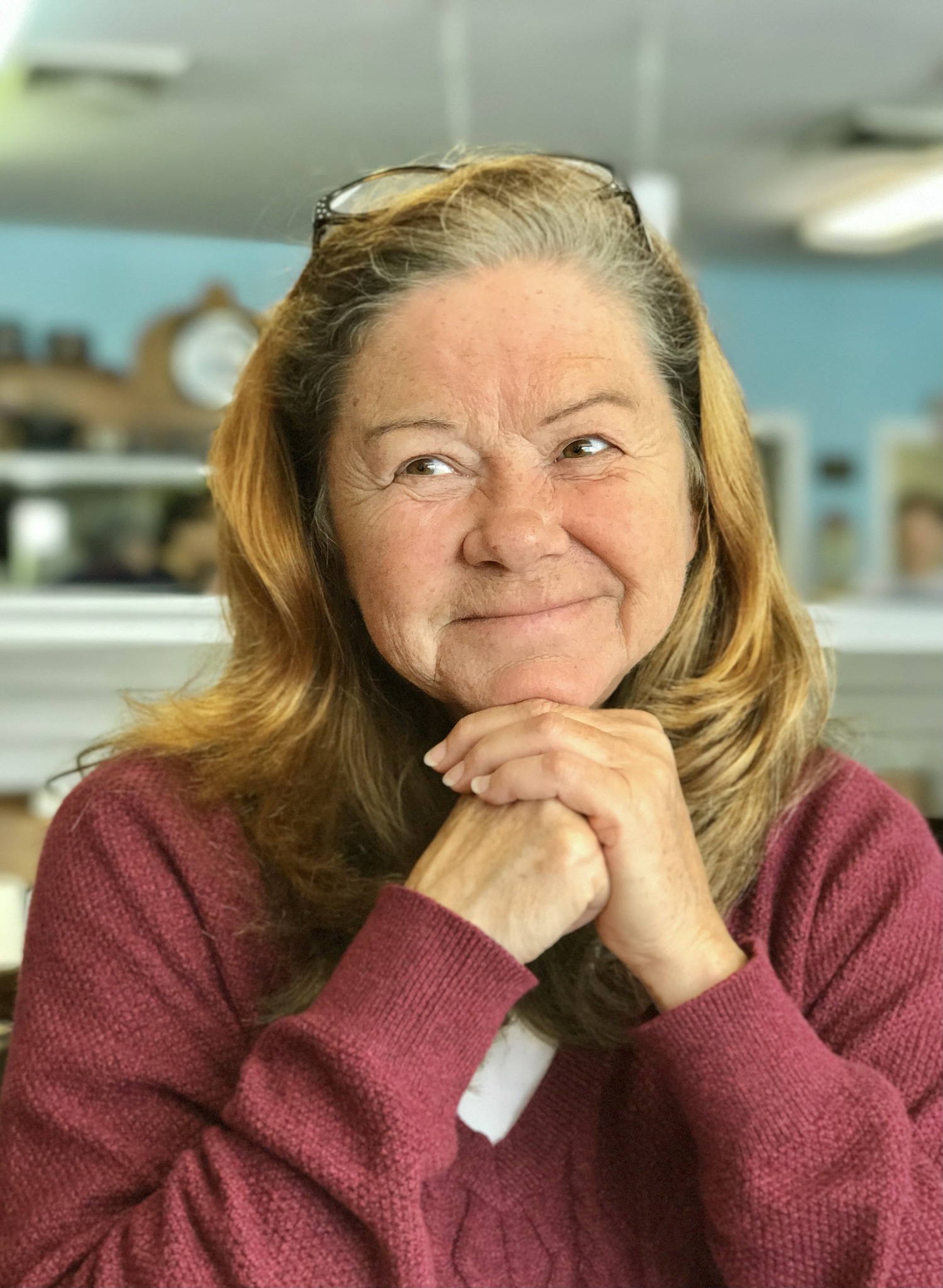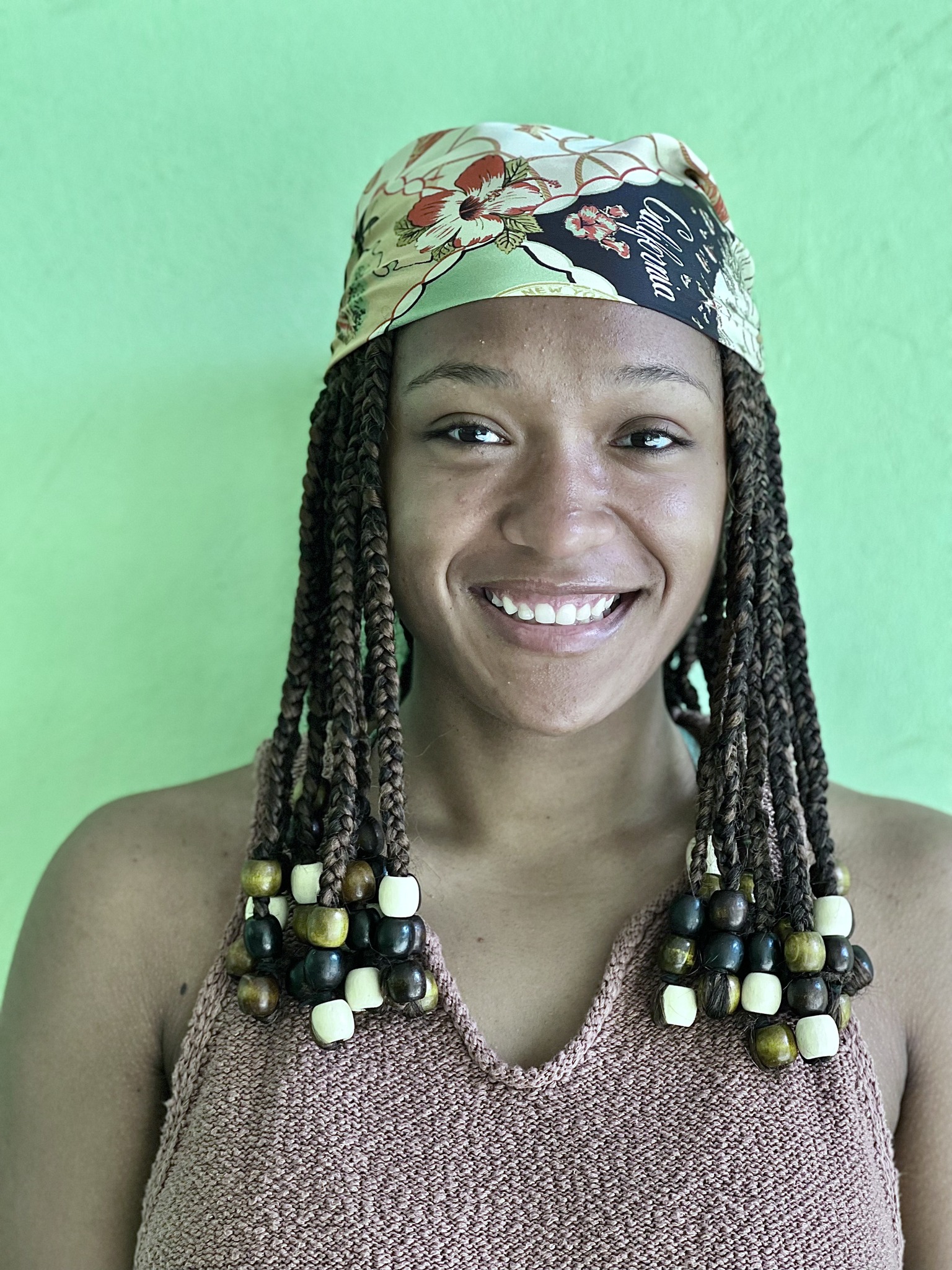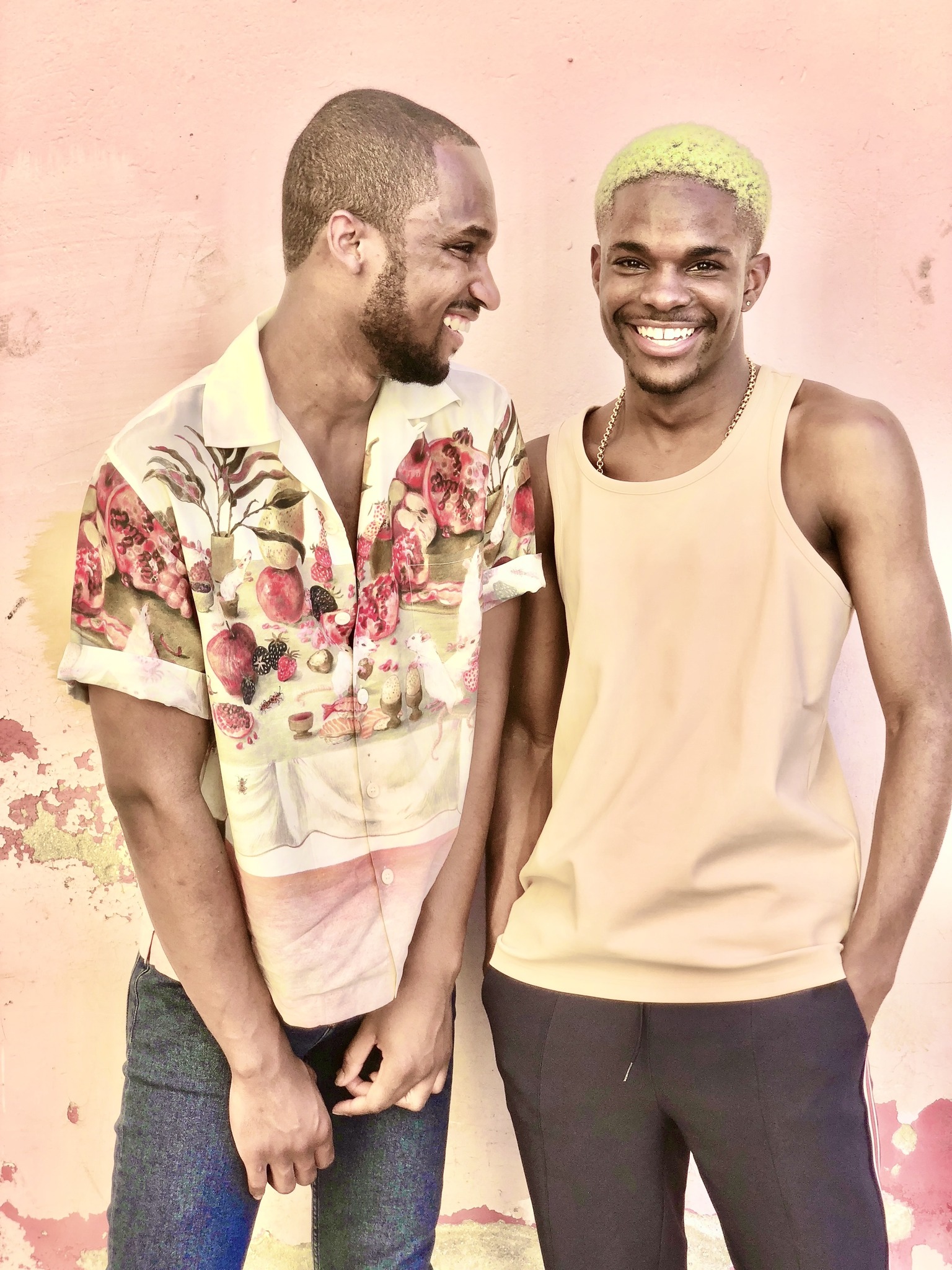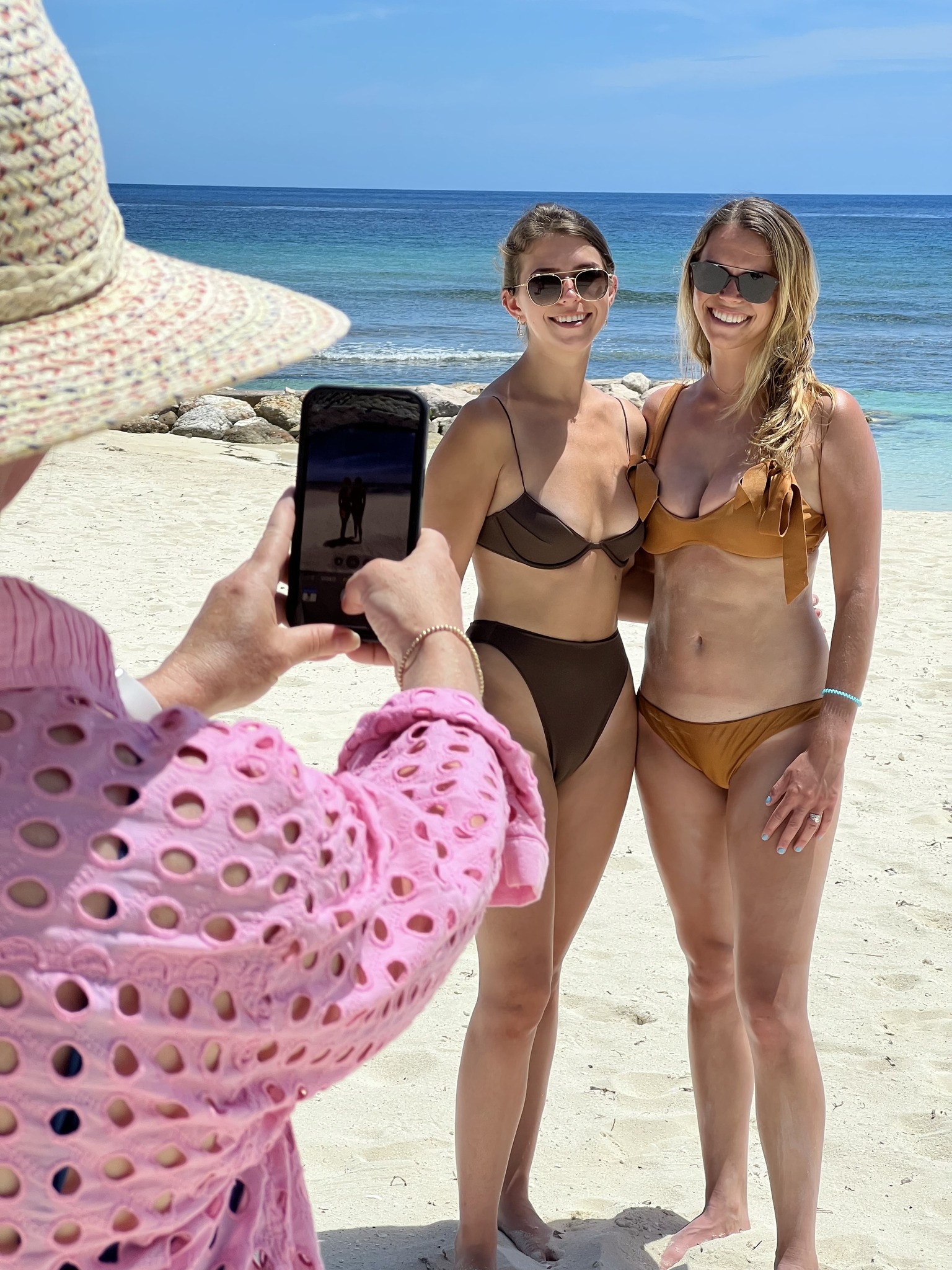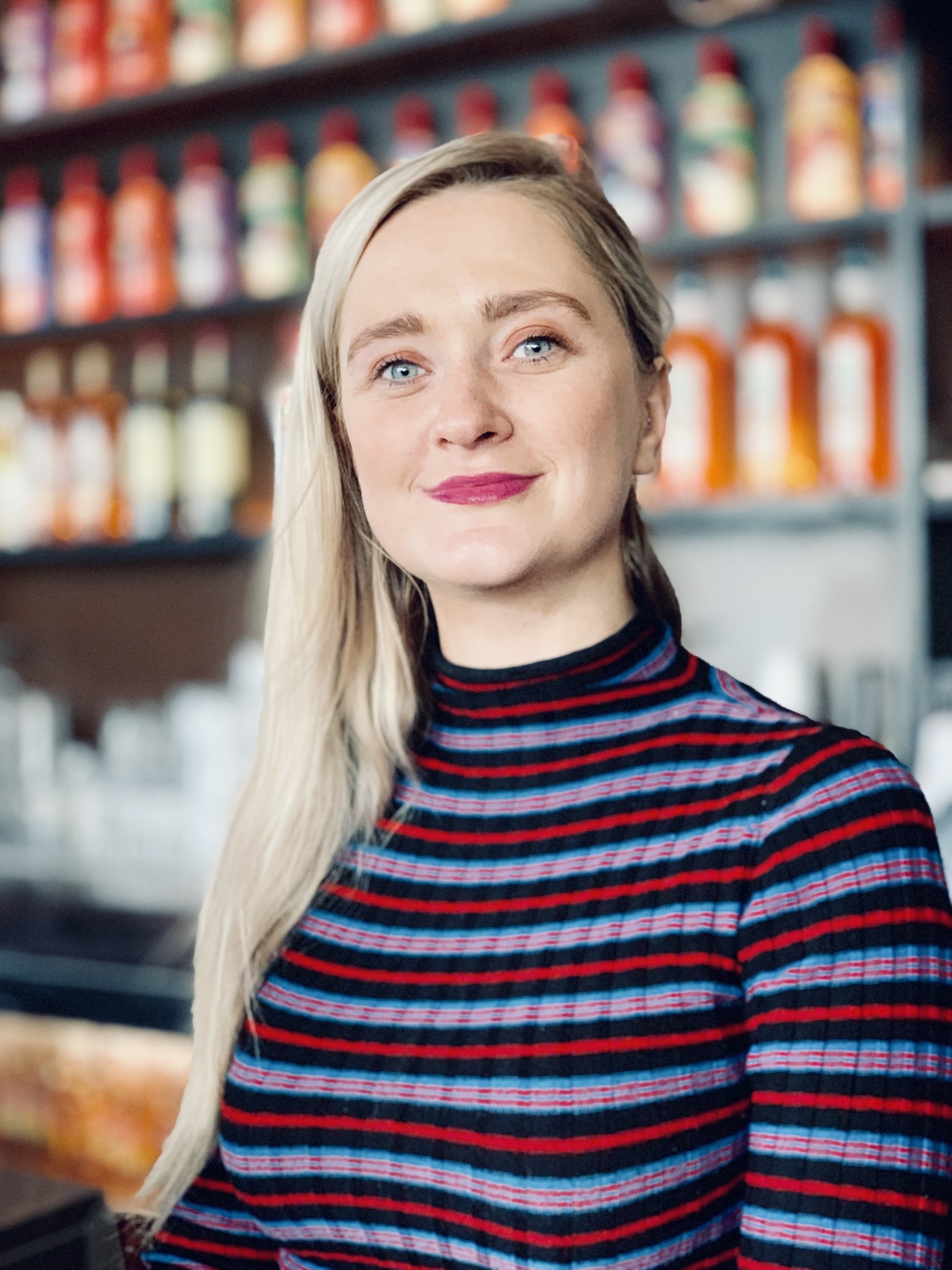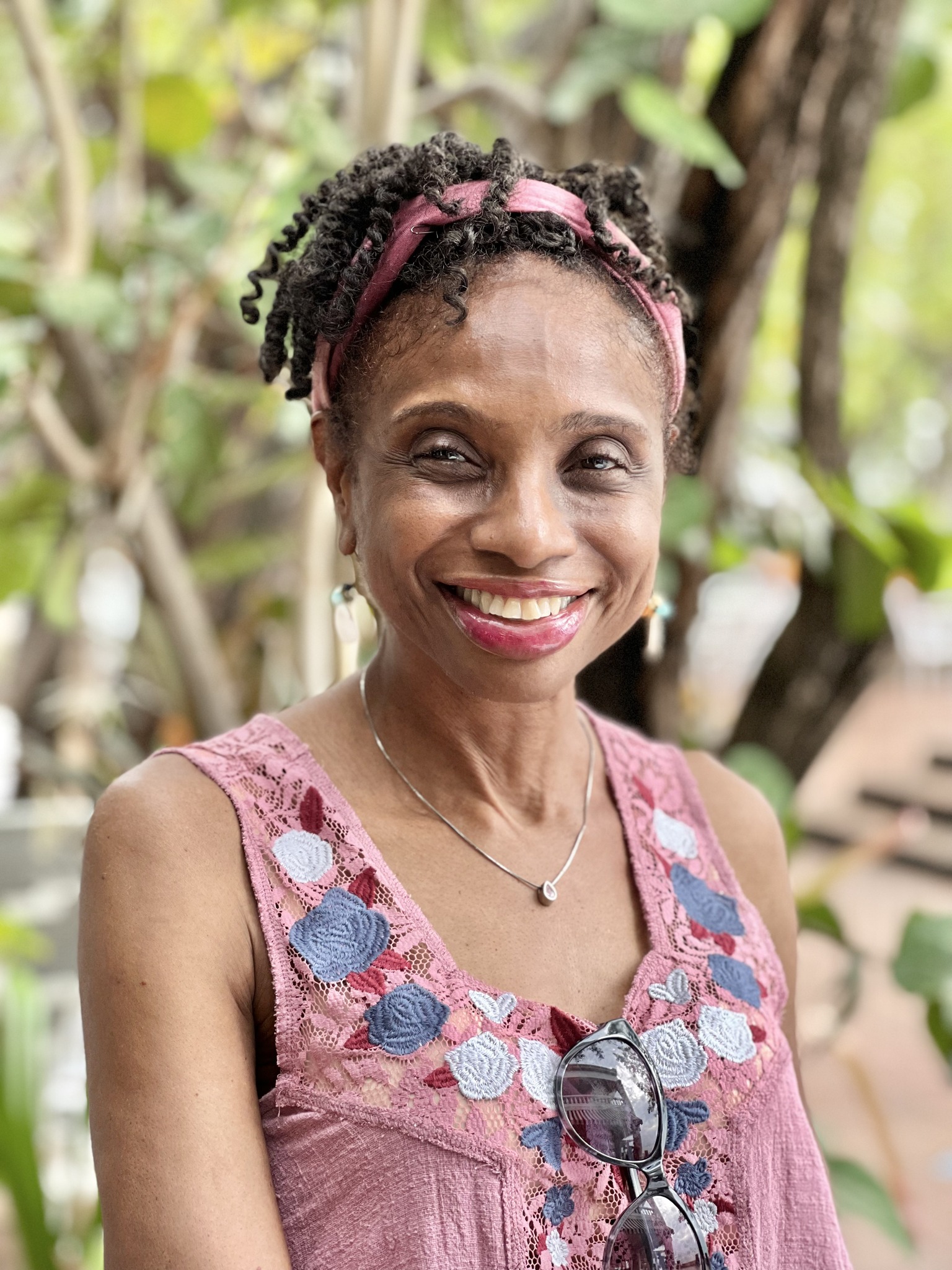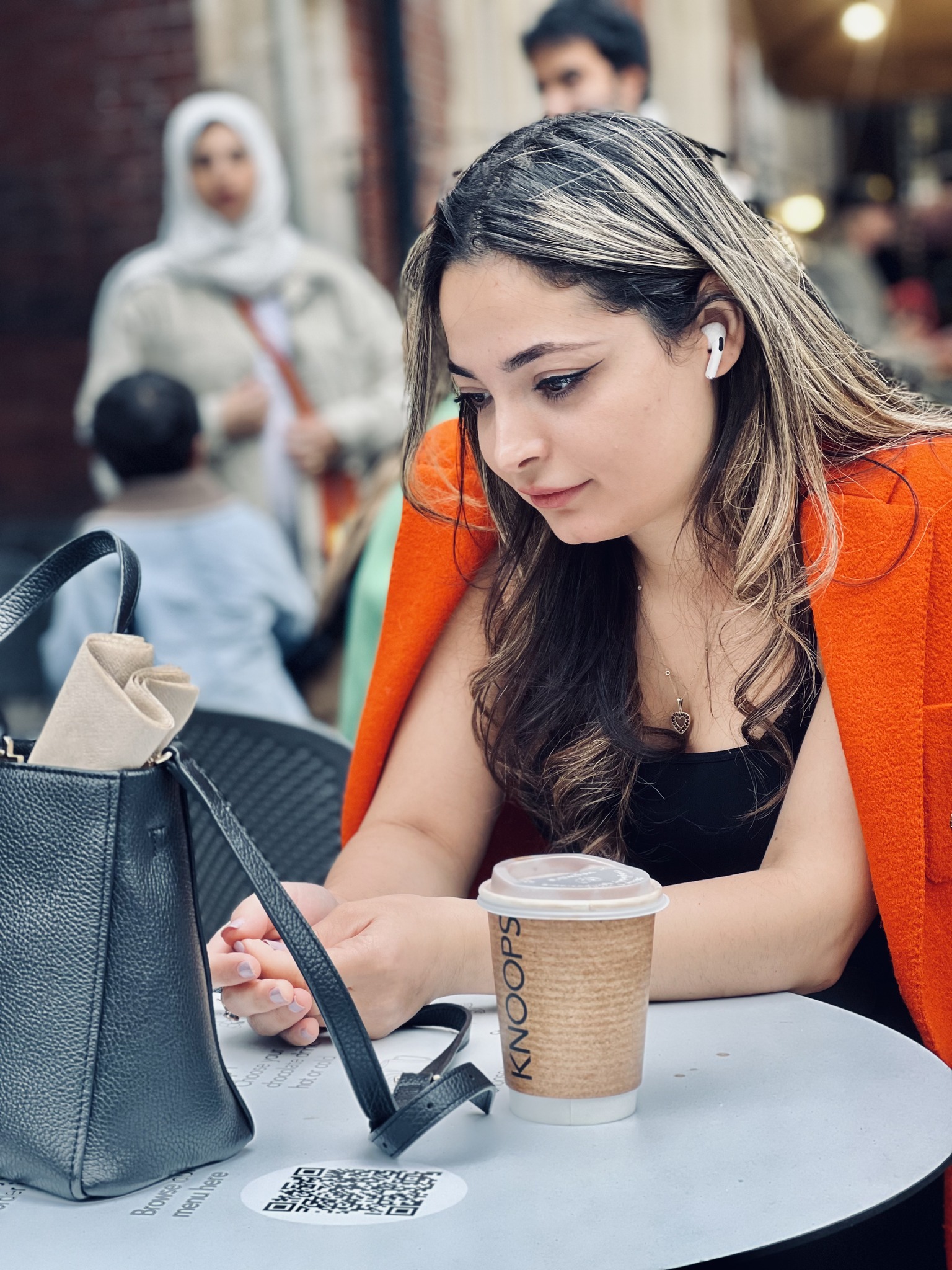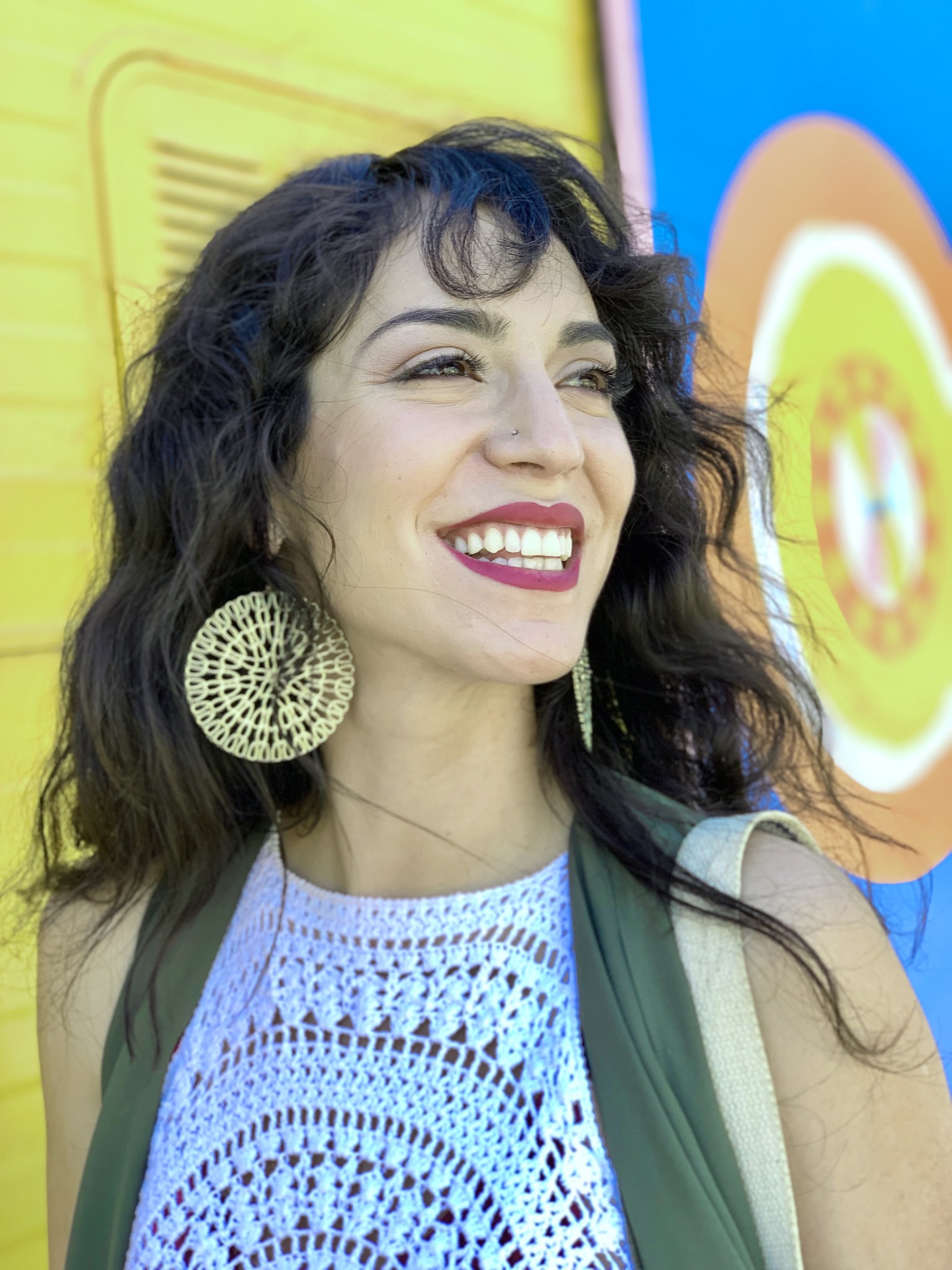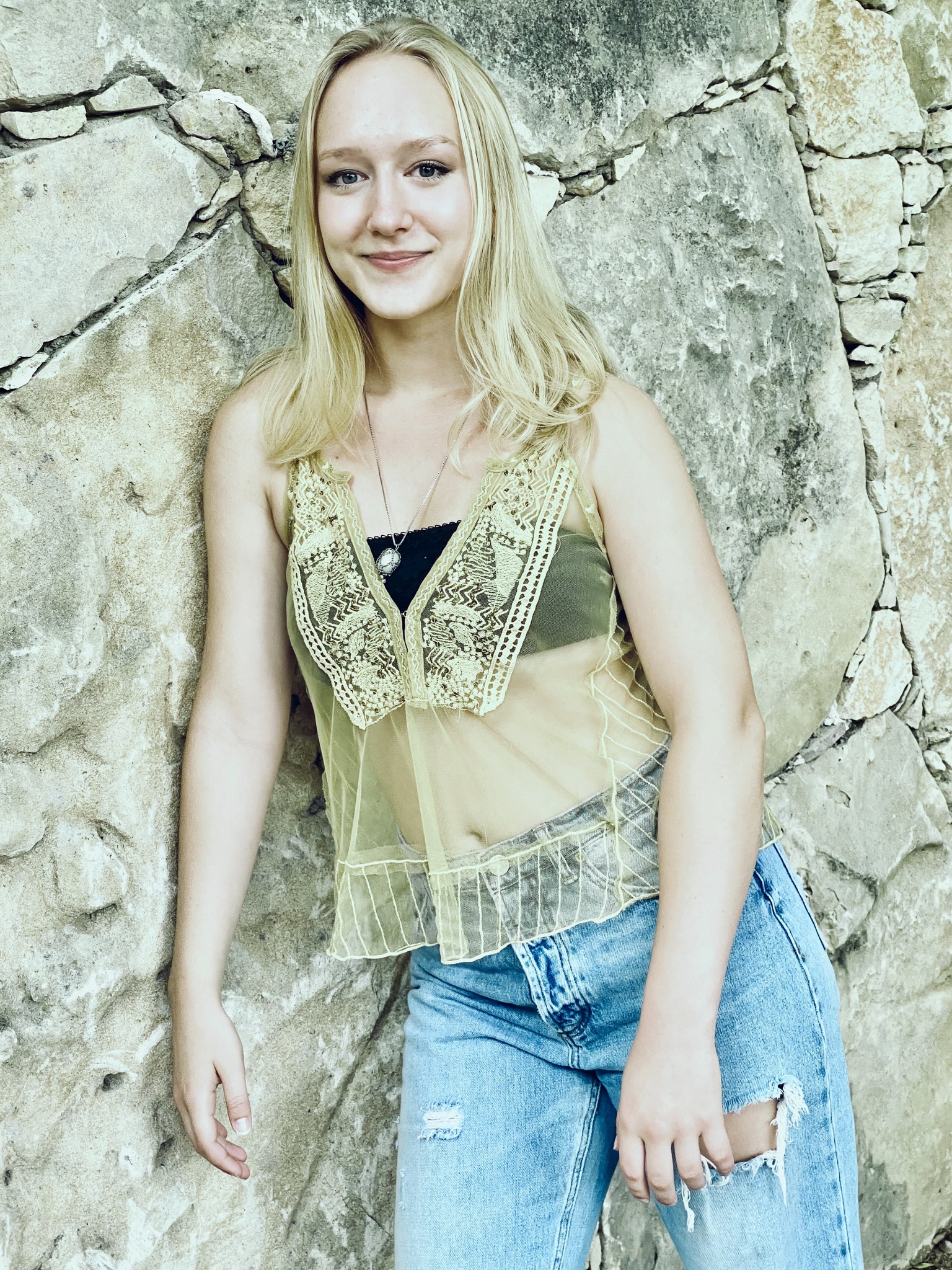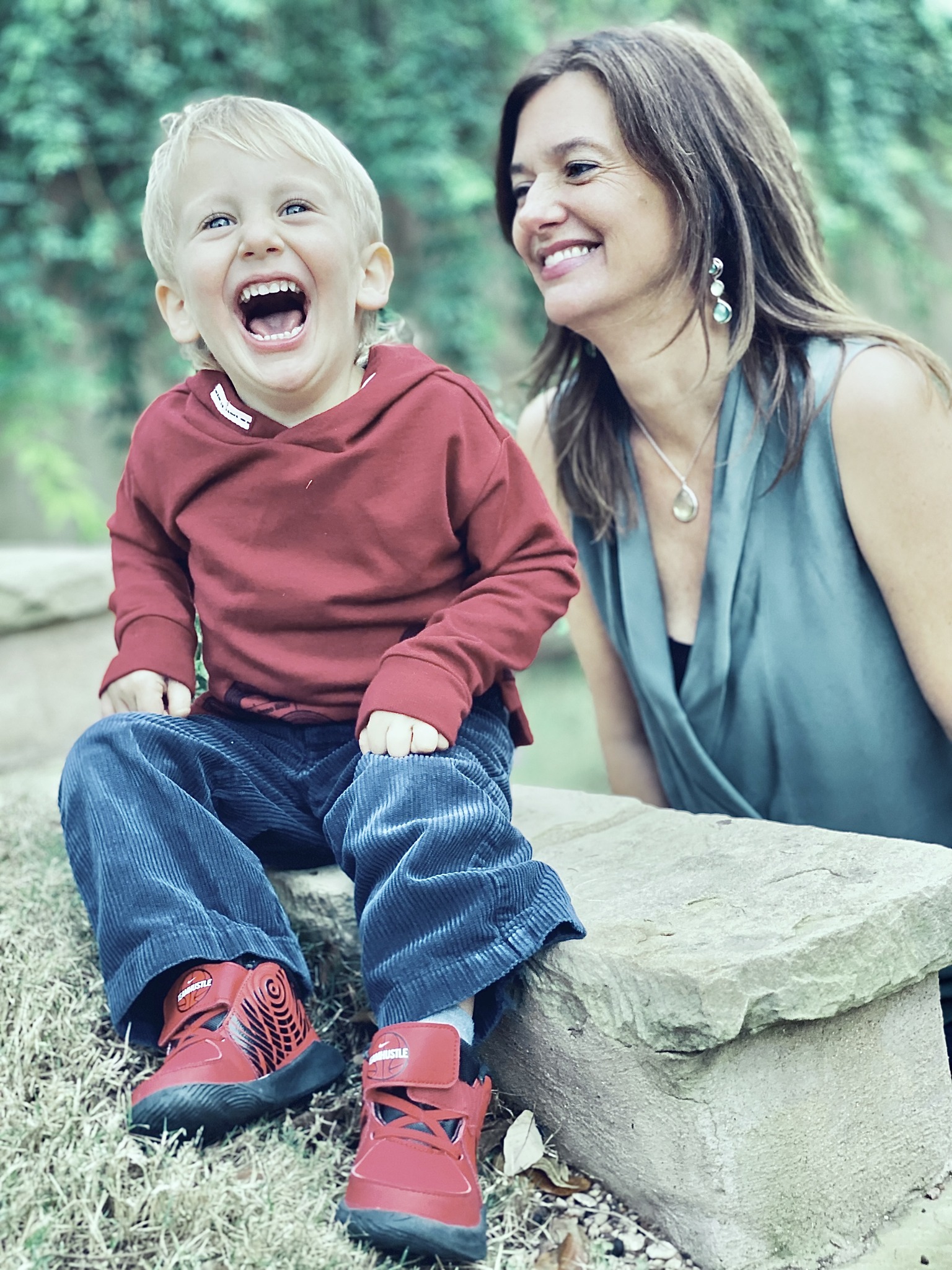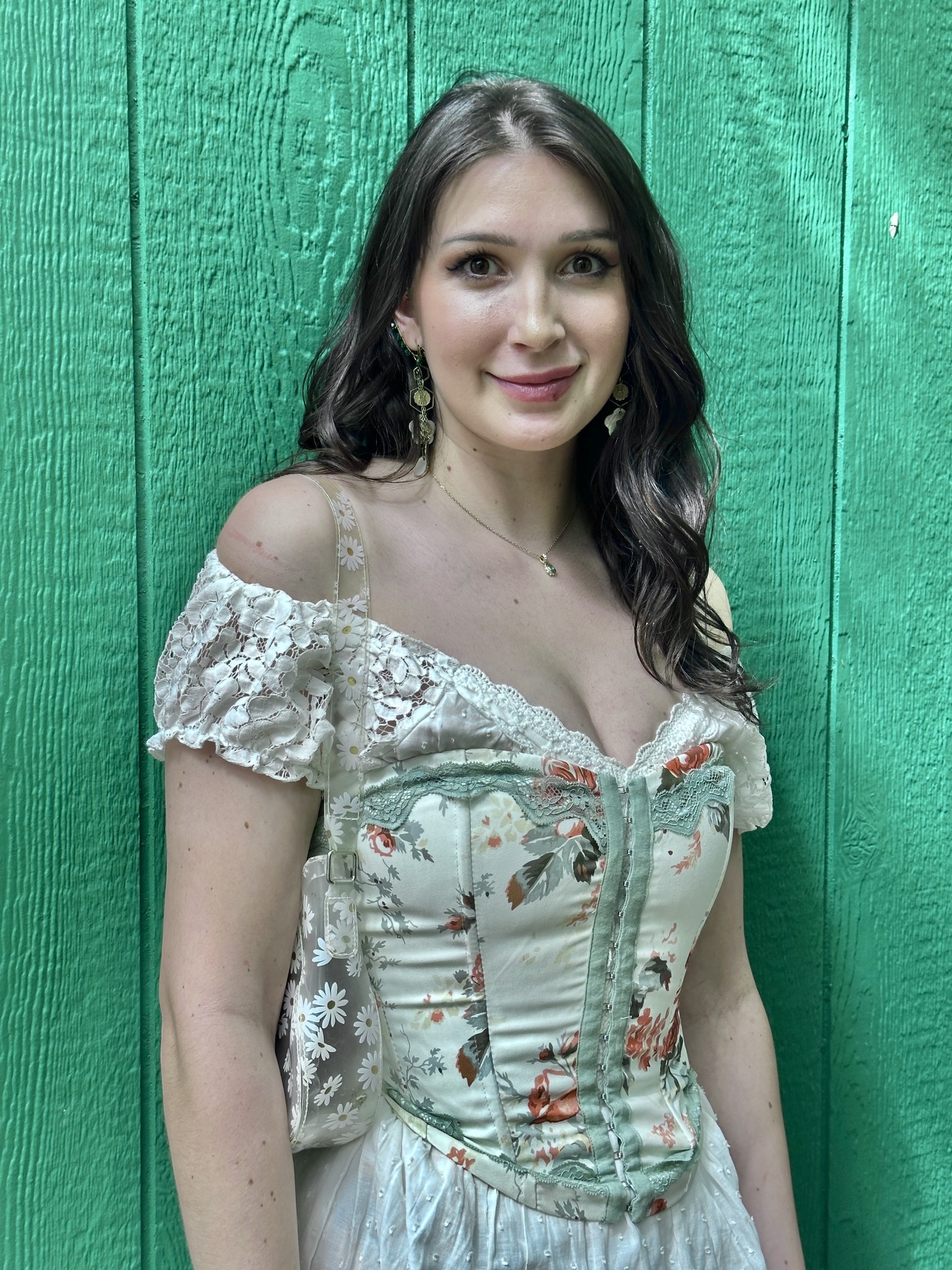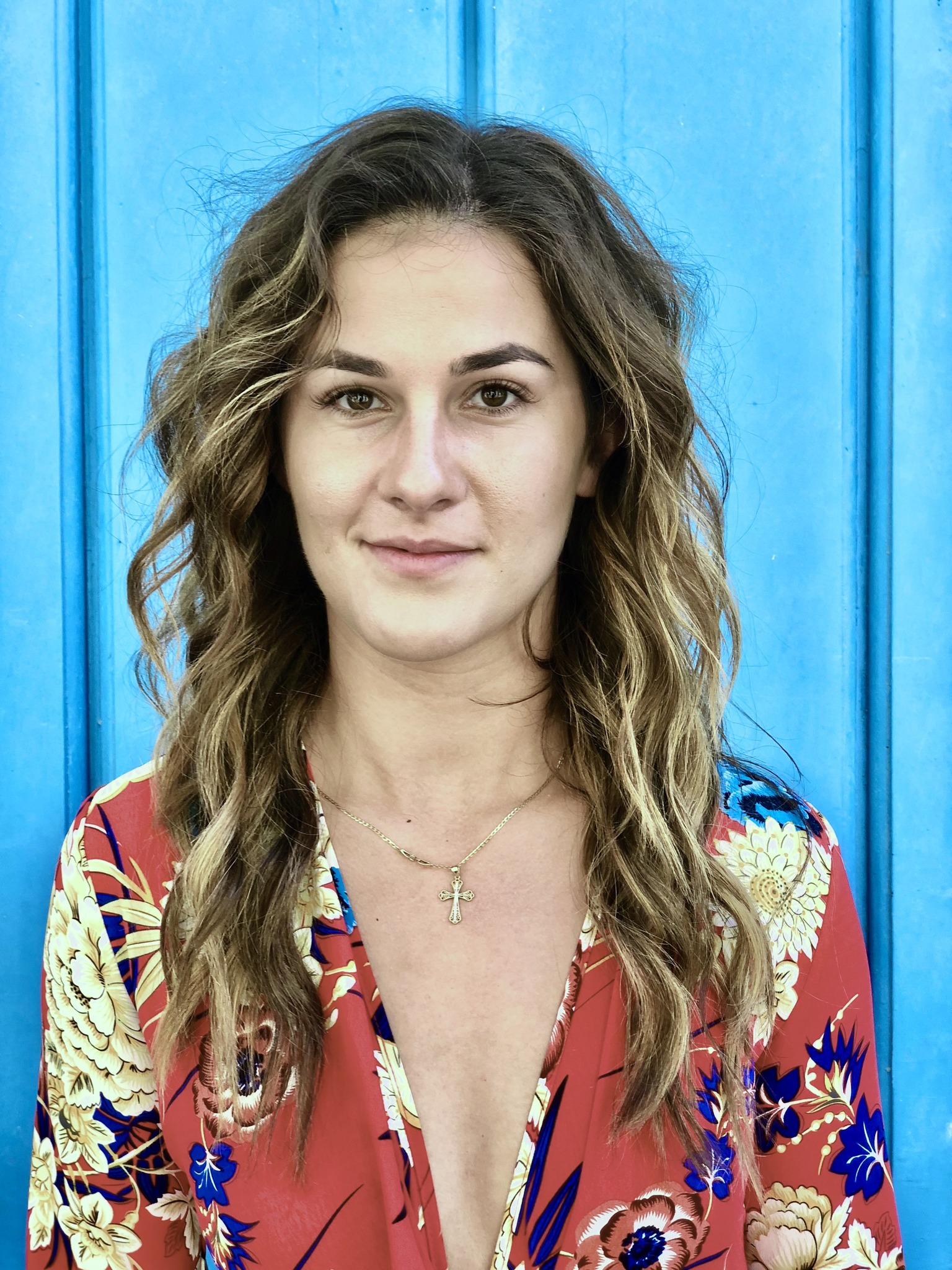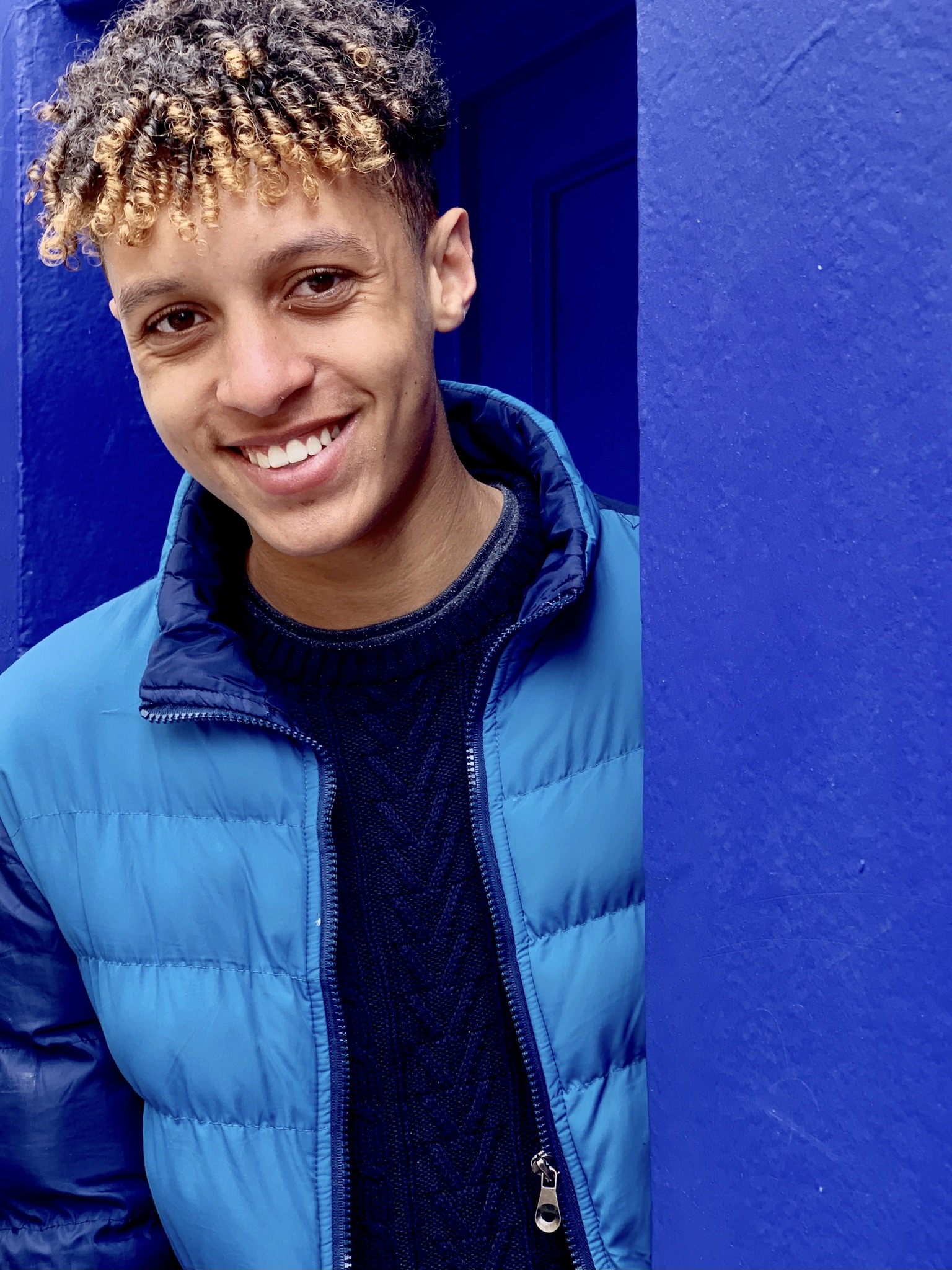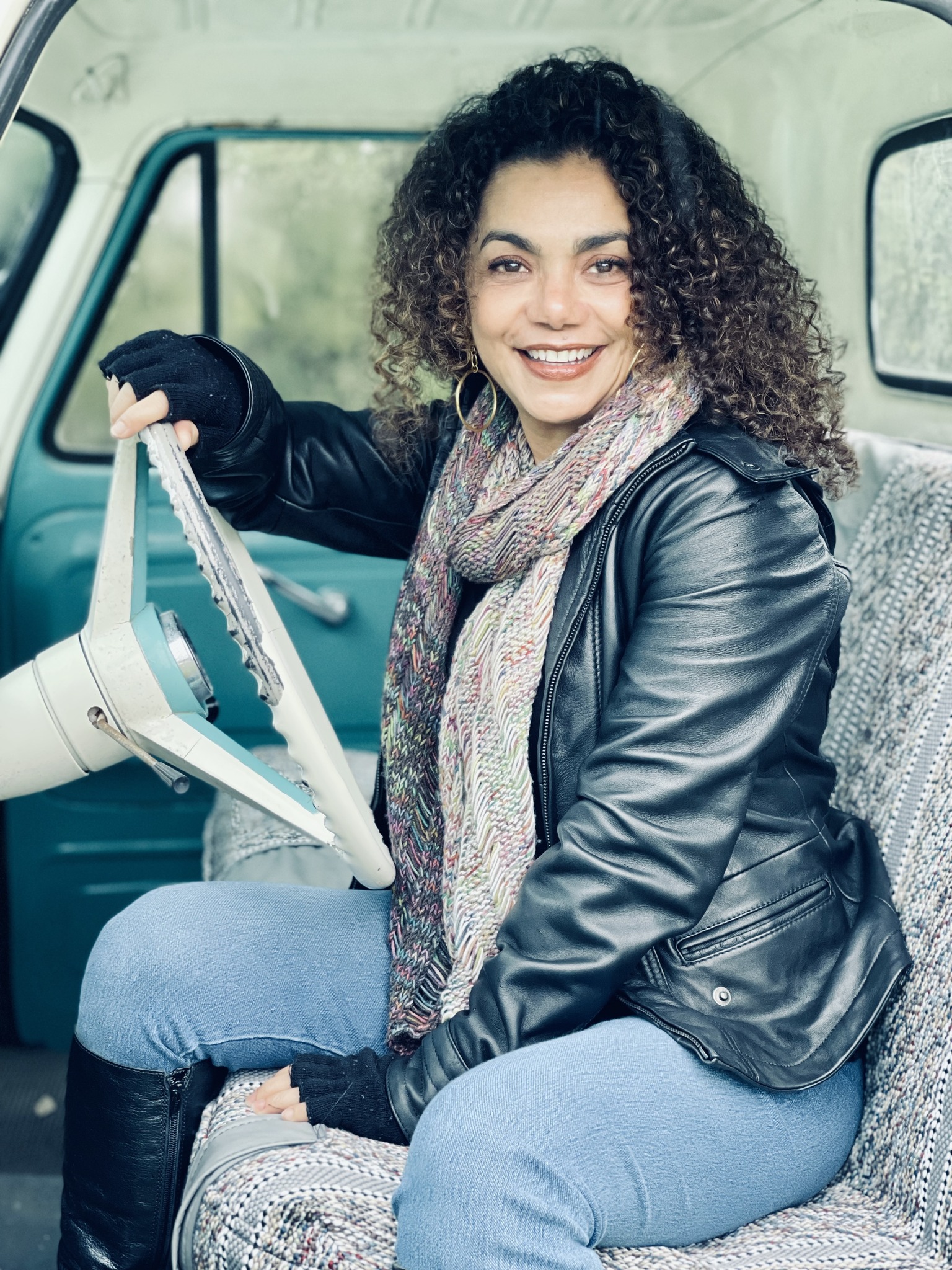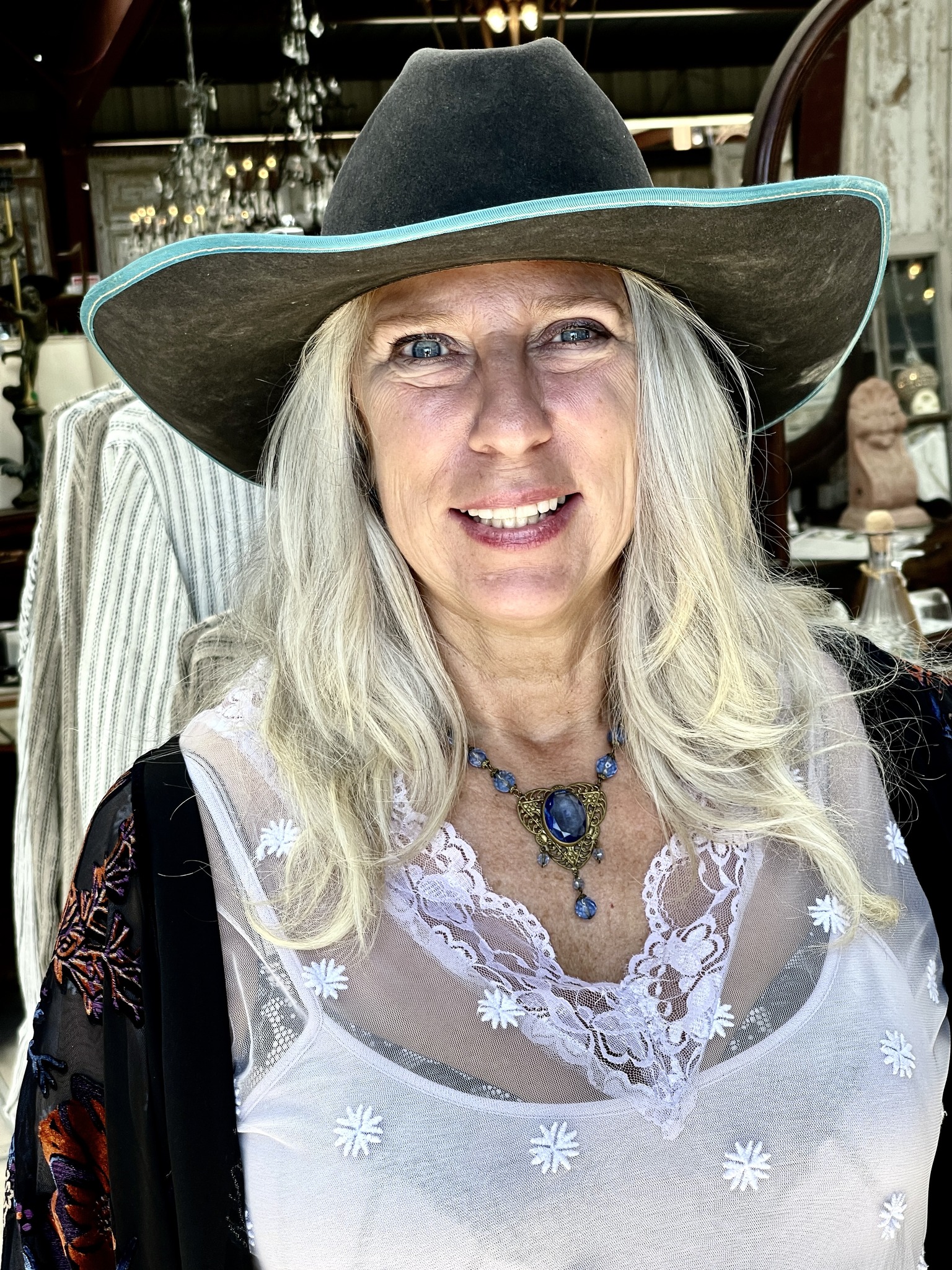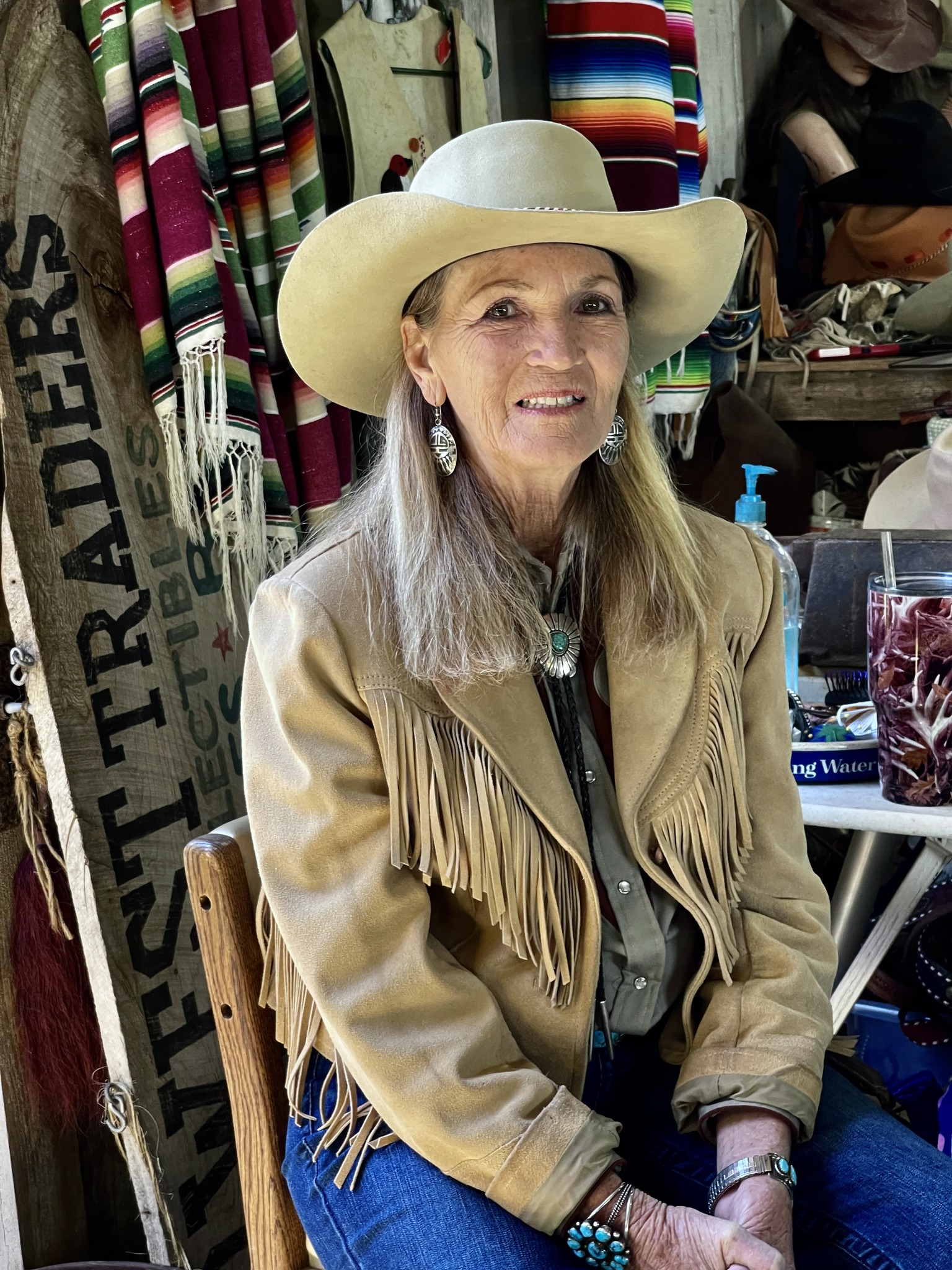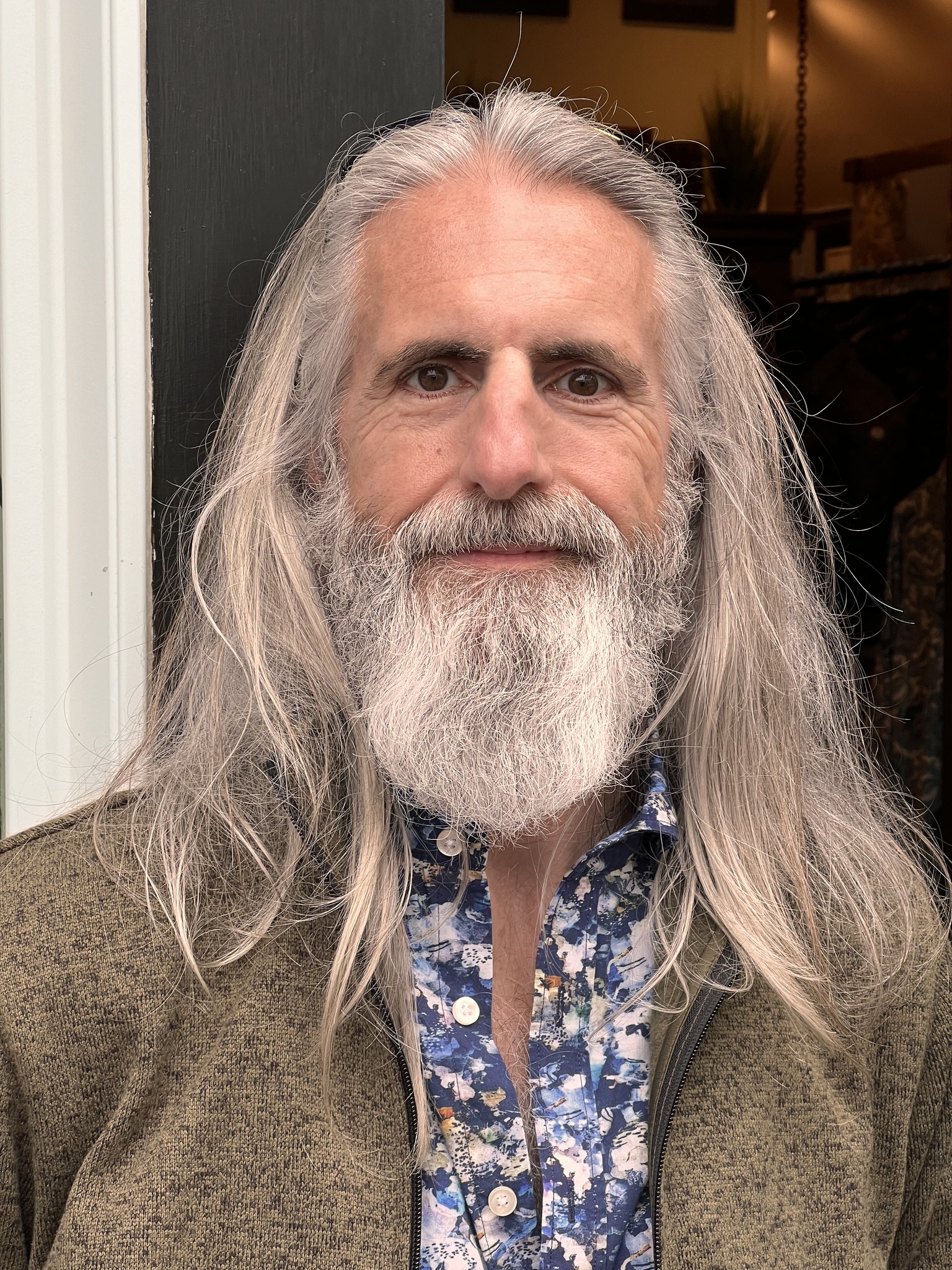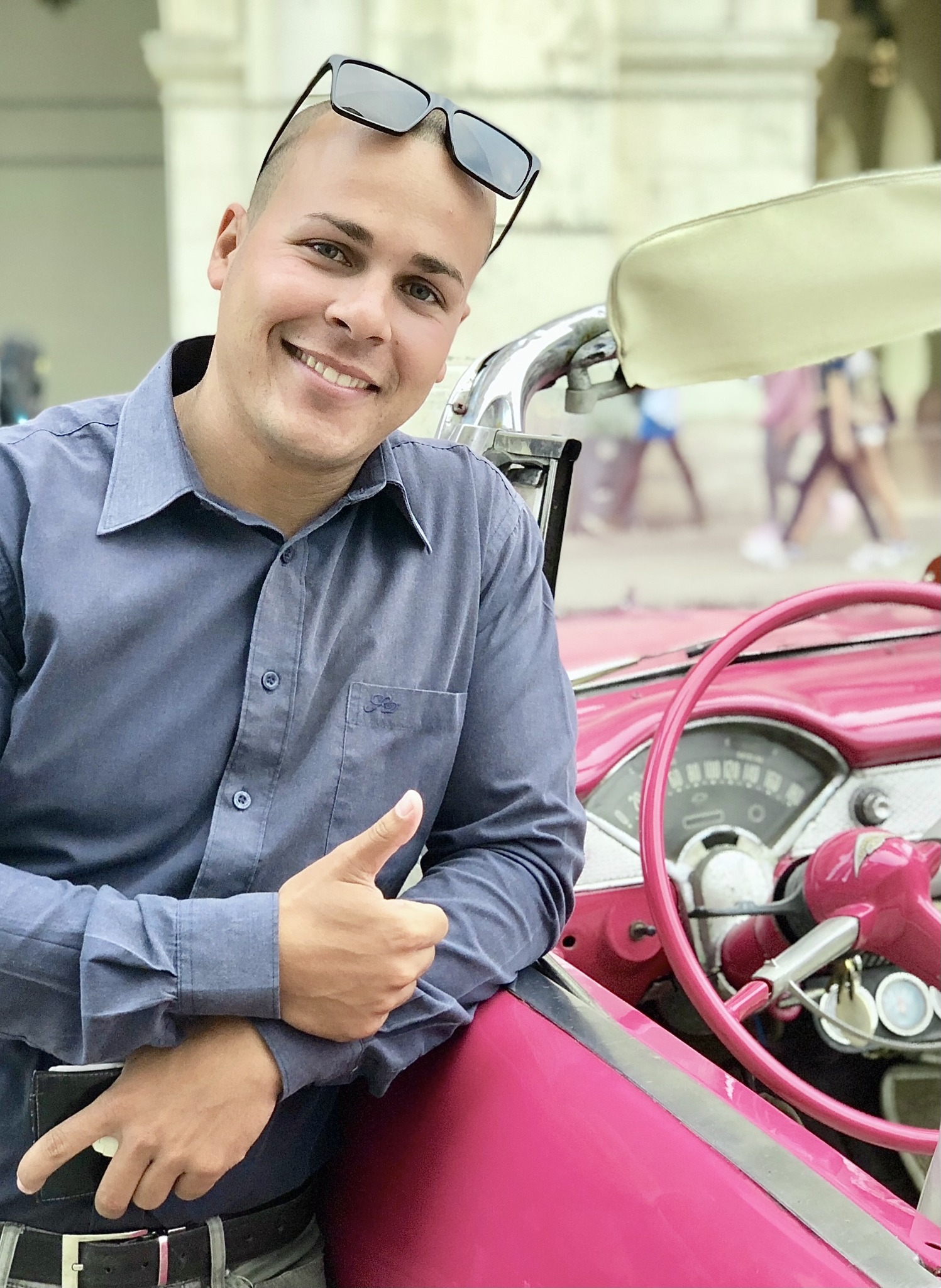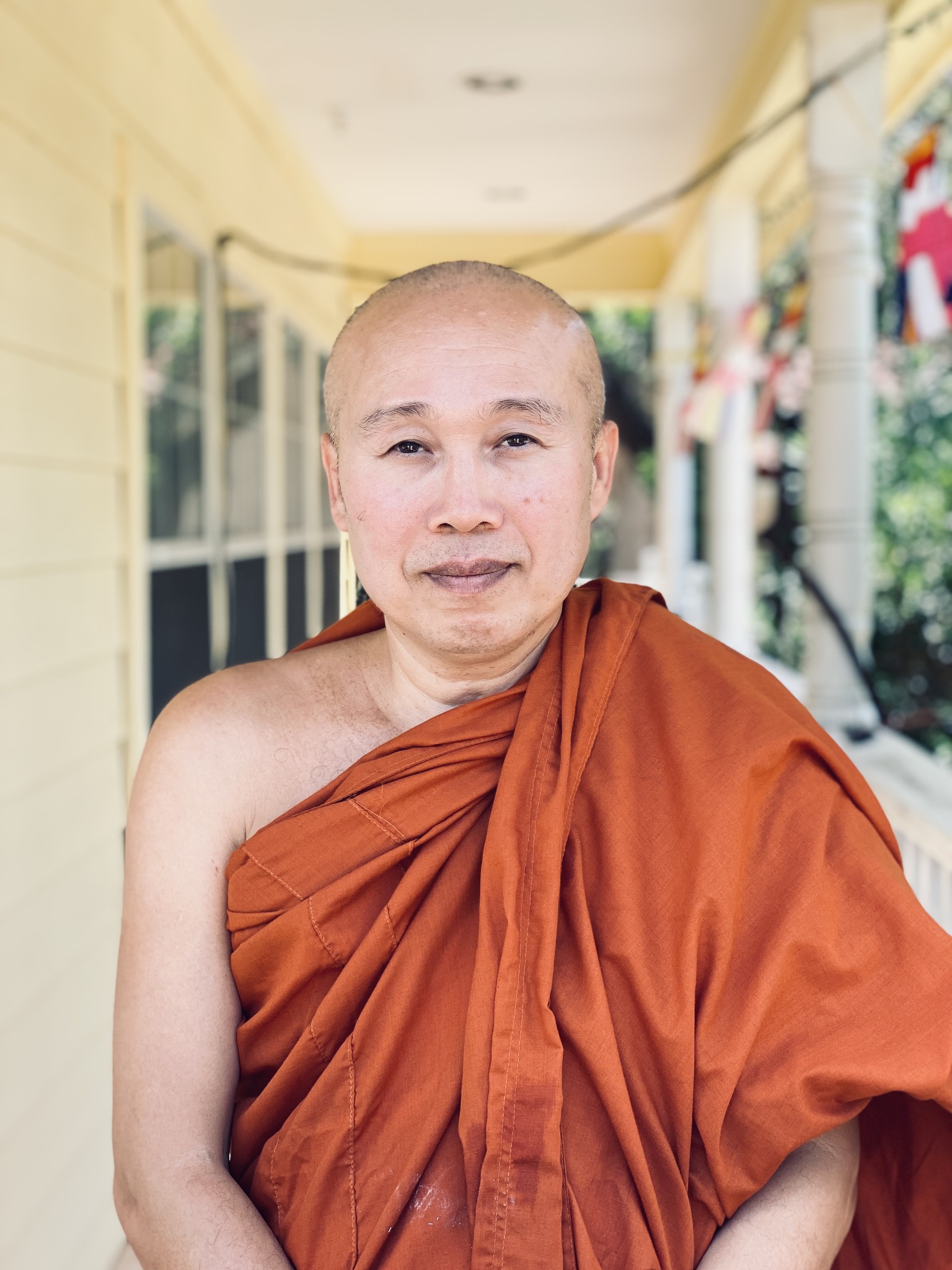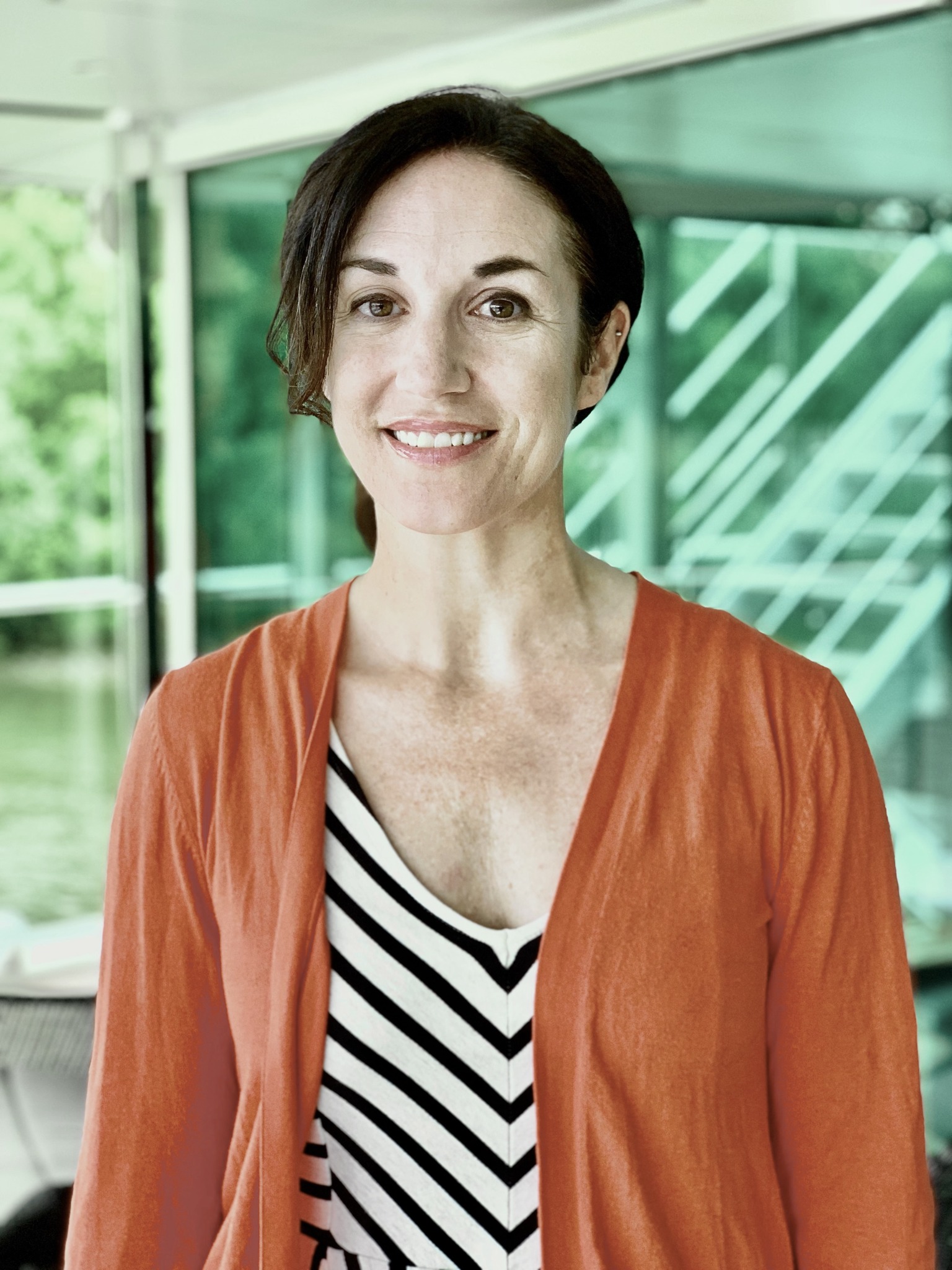I’ve had a camera in my hands since 1975. That’s a long time—long enough to have lived through every major shift in photography. I started in the analog era, learned the discipline of film, embraced the digital revolution, and ultimately found my home in mobile photography. Through it all, one thing has remained constant: my love for photographing people.
From family members to complete strangers on the street, I am, without humility, a portrait specialist. This is my lane, my passion, my obsession. I see faces, and I see stories. I see light carving the planes of a cheekbone, the subtle twitch of an eyebrow, the quiet storm brewing in someone’s gaze.
And yet, I’ve noticed something surprising: most people don’t seem to share my enthusiasm.
I can’t tell you how many times I’ve been met with polite indifference—or outright confusion—when I talk about portraiture. There are two questions I hear over and over:
Why would I want to take a picture of a stranger?
Why would I ever want to hang a portrait of someone I don’t know in my home?
I get it. I really do. But let me make the case for why portraiture is one of the most important—and most undervalued—genres in photography.
The Personal Relevance Trap
Most people want photography to be personal. They want pictures of their families, their kids, their pets—their world. A portrait of a stranger doesn’t immediately offer that same emotional connection. It feels… disconnected.
But here’s the thing: portraiture isn’t about familiarity. It’s about humanity.
A great portrait doesn’t just capture a face; it captures something deeper. It’s a reminder that every person—every single one—has a story, a past, a life unfolding in real-time. The best portraits make us feel something, even when we don’t know the subject.
The Uncomfortable Intimacy
This is where things get tricky.
A powerful portrait is an act of intimacy. It asks us to slow down, to see another human being—not just glance at them. And let’s be honest: that’s uncomfortable for a lot of people.
We live in a world where most interactions are fleeting, where eye contact lasts a second before sliding back to a screen. A portrait demands more. It asks us to linger, to engage, to acknowledge the presence of another soul.
That can be unsettling.
But isn’t that the point?
If we only consume photography that feels safe and easy, we’re missing something profound. We’re missing the chance to connect—to bridge the invisible gaps that keep us at arm’s length from one another.
The Question of Display
“Why would I ever hang a portrait of a stranger in my home?”
I hear this a lot, and my answer is always the same: because it moves you. Because it speaks to you. Because it reminds you of something important.
Think about the paintings that hang in museums, the sculptures that define city squares, the works of art that endure through centuries. Do we know those subjects personally? Of course not. But that doesn’t stop us from admiring them, from being drawn in, from seeing a reflection of ourselves in their faces.
A portrait—when it’s done well—transcends the individual. It becomes universal. It’s not just about them anymore; it’s about us.
Seeing Beyond the Meh
I’m not here to shame anyone for not loving portraiture the way I do. We all have our visual preferences. But I will gently push back on the idea that portrait photography is just “another genre.”
It’s not.
It’s history. It’s documentation. It’s storytelling. It’s connection.
And in a world where it’s easier than ever to look past each other—to retreat into our curated, algorithm-fed bubbles—I believe portraiture matters now more than ever.
So maybe the next time you see a portrait, instead of passing by, you pause. You look a little longer. You let yourself feel a little deeper.
It might make you uncomfortable.
That’s a good thing.
That’s where the magic is.
You know I love festivals, fairs, and street parties—the energy, the spectacle, the unguarded moments of joy. You know I’m drawn to people in costume, to the way fabric and face paint transform ordinary souls into something theatrical and larger than life. You know I admire the exotic elegance of professional models, their practiced poise, their effortless grace. And of course, you know I’m captivated by beauty—the female form, the timeless pull of light on skin.
But just as much, I love the everyday faces, the common and the quiet, the people who walk past us every day without fanfare. People like you. People like me. Because at the end of the day, portraiture isn’t just about capturing the extraordinary—it’s about revealing the profound beauty in the ordinary. And that, to me, is what makes it the most important genre of all.
Click.
Jack
